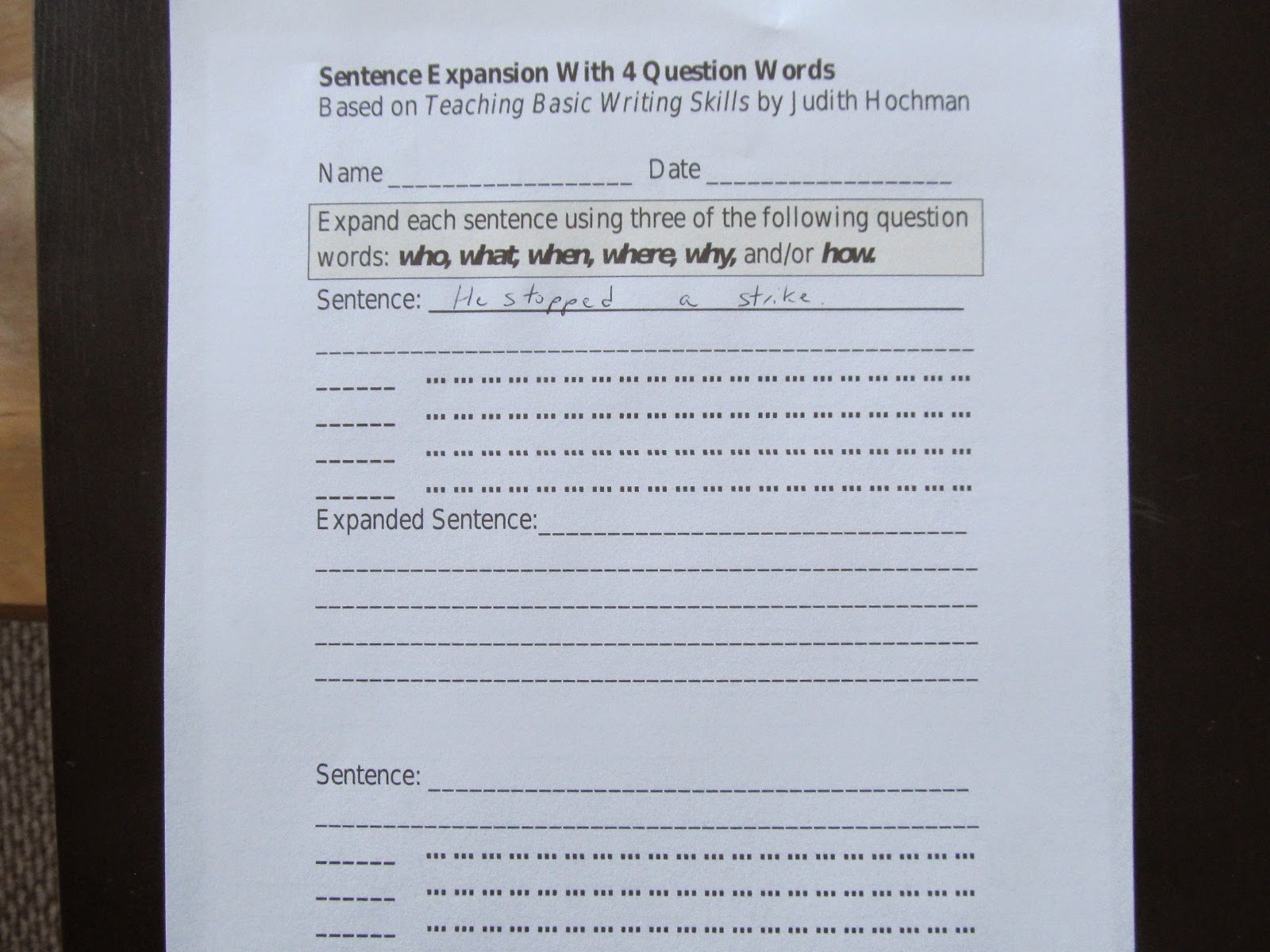 |
| Yes, I am a slob. |
I went to a session titled, Short Writing Often, Not Just Long Writing Seldom by Dr. Anita Archer. I was hoping to get some ideas to use with EM since he is a resistant writer. What I came away with was a whole collection of resources to use with both of the boys. I realized I have been spending too much time trying to push them to write lengthy compositions when what they really need to do is step back and learn the basics so they can build a better foundation. Just last week, JT was asking me about the writing component of the SAT. He knows his best chance at a decent score on that test will require him to ace the vocab and writing portions so he can make up for any issues he has in the math section. We started looking at examples on the College Board website and he decided he was going to need to do some work if he wanted a good score on his writing. I was thrilled that he was being realistic and wanted to work to improve. Now I just needed to find the best way to help him with that goal. Enter Anita Archer...
Today we tried an exercise I learned in the session. I wrote a question on the white board related to our American history reading from yesterday.
What action during Coolidge's term as governor brought him national attention?
Then I gave this answer.
He stopped a strike.
While we all agreed this was a correct answer, we knew it wasn't a good answer. The next step involved using a tool from the session. This sentence expansion worksheet originally came from a book by Judith Hochman, Teaching Basic Writing Skills, which sadly, appears to be out of print.
 |
| question words |
While Calvin Coolidge was governor of Massachusetts, he came to national attention when he resolved a policemen strike in Boston by calling in the national guard and ordering the commissioner to replace the strikers.
Much more detailed than, he stopped the strike, yes? I plan to use this new exercise every week to reinforce our American history study. After our reading aloud, I will give the boys a question to answer. We will gradually move away from working together on the white board until they can complete the question word outline alone to come up with their own answer. There were many more great writing frames Dr. Archer shared in her presentation that I plan to put into action in the next few months. As of right now, you can still access the handouts from the session here on the PaTTAN site. Please note that there is a drop down on the page to get both of the PDFs.
The greatest part of the whole experience was when JT told me today, "You know, I think I'm starting to like writing. I really enjoyed writing that answer." It turns out he was having a hard time choosing what bits of information to use. Too many things are in his head and instead of picking the appropriate details, he tends to answer with as little as possible to avoid the decisions. Now that he has a good way to identify the important details, he feels more in control and able to give the best answer.
I could get mad at myself for not thinking of this sooner, but I've learned that the right tool seems to come along at the right time in our schooling. Maybe if I had picked this up a few years ago, JT and EM wouldn't have been ready to use it. Maybe I wouldn't have been ready to implement it in a way that would have made sense. I'm just happy that this knowledge has come to me at a time when JT is thinking about his need to improve his writing and that he is interested in putting new tools to work. We will be employing the short writing often method as often as we can!

